Regulatory Support for Rail Infrastructure
Regulatory frameworks that support rail infrastructure development are crucial for the Rolling Stock Freight Wagons Market. Governments are increasingly recognizing the importance of rail transport in reducing road congestion and lowering carbon emissions. Initiatives aimed at enhancing rail networks, such as funding for upgrades and maintenance, are becoming more prevalent. For instance, various countries have allocated substantial budgets for rail infrastructure projects, which directly impacts the demand for freight wagons. This regulatory support not only facilitates the growth of the Rolling Stock Freight Wagons Market but also encourages private investments in rail logistics, further driving the market forward.
Technological Innovations in Freight Wagons
Technological innovations are transforming the Rolling Stock Freight Wagons Market, enhancing efficiency and safety. The introduction of advanced materials, such as lightweight composites, is improving the performance of freight wagons. Additionally, the integration of smart technologies, including IoT sensors and automated systems, is enabling real-time monitoring of cargo conditions and wagon performance. These innovations are not only increasing operational efficiency but also reducing maintenance costs. As companies strive to optimize their logistics operations, the demand for technologically advanced freight wagons is expected to rise, thereby propelling the Rolling Stock Freight Wagons Market into a new era of efficiency.
Increasing Demand for Freight Transportation
The rising demand for freight transportation is a primary driver of the Rolling Stock Freight Wagons Market. As economies expand, the need for efficient and reliable transportation of goods intensifies. In recent years, the freight transportation sector has experienced a notable increase, with rail freight accounting for a significant portion of this growth. According to industry reports, rail freight transport has seen a rise in ton-kilometers, indicating a robust demand for freight wagons. This trend is likely to continue, as businesses seek cost-effective and environmentally friendly transportation solutions. The Rolling Stock Freight Wagons Market is poised to benefit from this increasing demand, as companies invest in modernizing their fleets to meet the evolving needs of the logistics sector.
Expansion of E-commerce and Supply Chain Networks
The expansion of e-commerce and supply chain networks is significantly influencing the Rolling Stock Freight Wagons Market. As online shopping continues to grow, the demand for efficient logistics solutions is becoming paramount. Rail freight is increasingly being recognized as a viable option for transporting goods over long distances, particularly for bulk items. The integration of rail into supply chain strategies is enhancing the efficiency of distribution networks. Reports indicate that the e-commerce sector's growth is driving investments in rail infrastructure and freight wagons, thereby positively impacting the Rolling Stock Freight Wagons Market. This trend suggests a promising future for rail freight as a key player in modern logistics.
Shift Towards Sustainable Transportation Solutions
The shift towards sustainable transportation solutions is a significant driver for the Rolling Stock Freight Wagons Market. With growing concerns about climate change and environmental degradation, there is an increasing emphasis on reducing the carbon footprint of logistics operations. Rail transport is often viewed as a more sustainable alternative to road transport, given its lower emissions per ton-mile. This trend is prompting logistics companies to invest in eco-friendly freight wagons that comply with stringent environmental regulations. As sustainability becomes a core focus for businesses, the Rolling Stock Freight Wagons Market is likely to see a surge in demand for green technologies and practices.


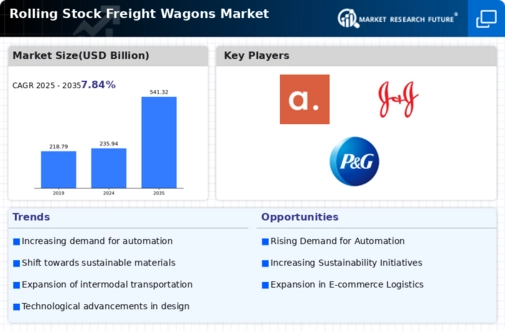
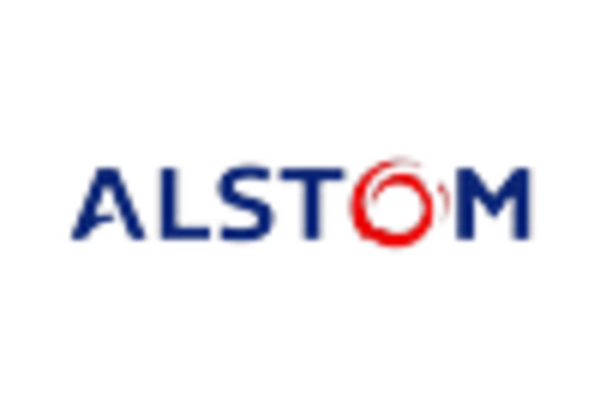
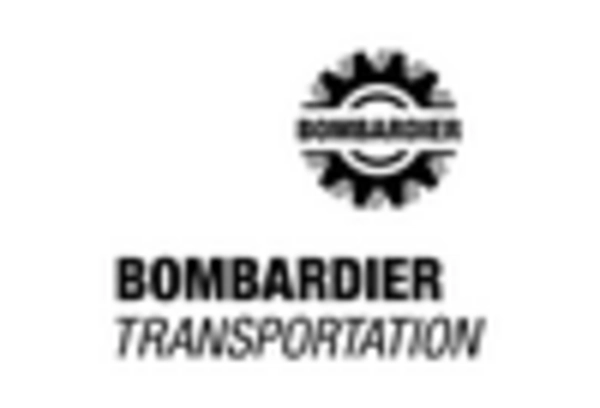

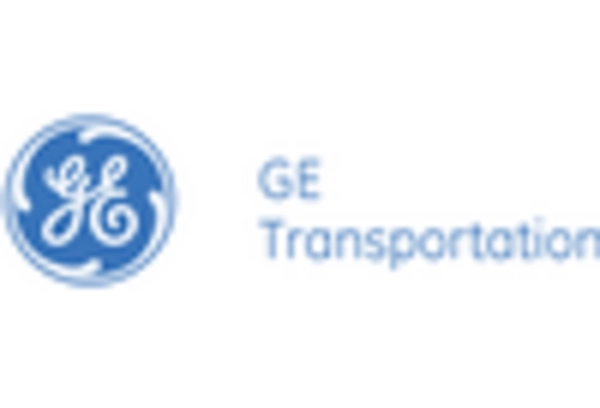
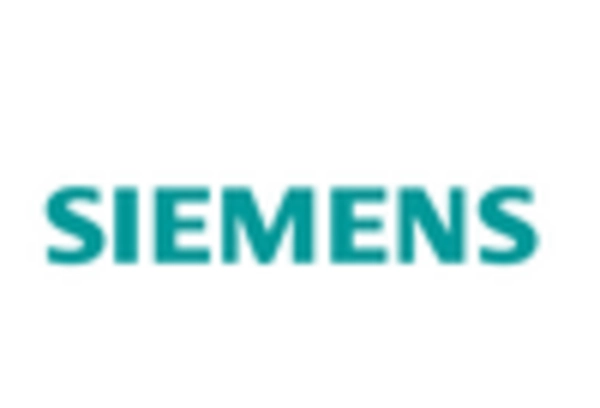









Leave a Comment